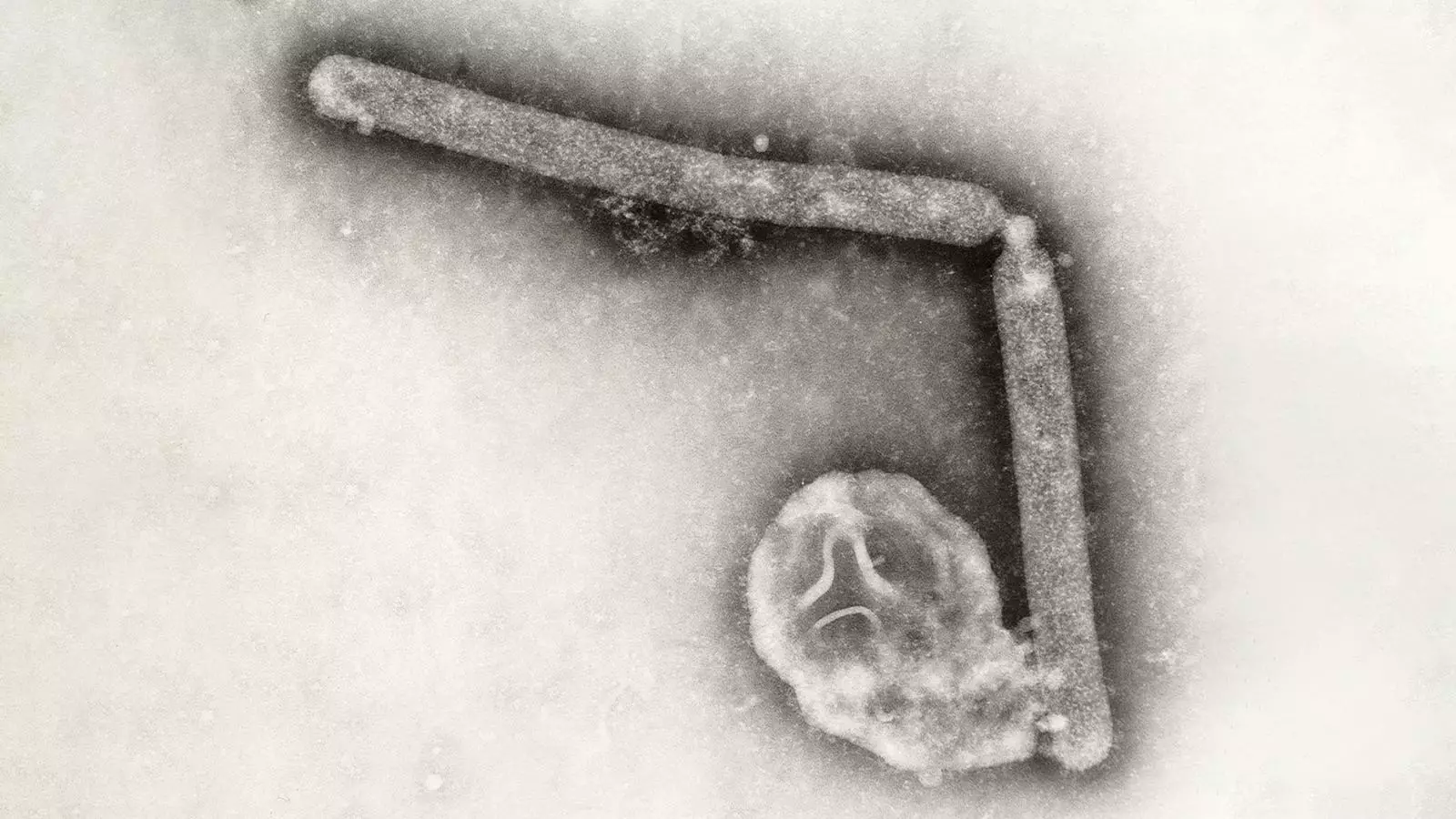Recent reports have unveiled a significant genetic mutation of the bird flu virus, particularly stemming from a severe case diagnosed in Louisiana. This incident, regarded as the nation’s first severe infection of this nature in a patient older than 65 with pre-existing health conditions, raises critical questions about the evolving nature of avian influenza and its implications for human health. The specific case involved a patient who developed severe respiratory symptoms after exposure to infected birds in a backyard flock. This troubling scenario emphasizes that the virus remains a health concern, albeit one that the Centers for Disease Control and Prevention (CDC) has classified as low-risk for the general public.
Genetic Insights and Their Significance
The CDC’s analysis indicates that mutations occurring within the virus may enhance its ability to latch onto human airway receptors, a crucial step for viral entry into cells. This phenomenon can be metaphorically illustrated through the “lock and key” analogy, as described by infectious disease expert Dr. Michael Osterholm. He articulated that while the virus may be developing a more effective “key,” it does not necessarily guarantee that it has the power to unlock widespread transmission among humans. Presently, this mutation represents a cautionary signal rather than an imminent threat.
It is critical to note that up until now, the vast majority of bird flu cases reported in the United States have been linked to occupational exposure, primarily involving personnel working in dairy or poultry farming environments. The nature of these cases has been largely mild, with no cases indicating person-to-person transmission, which adds another layer of reassurance that the public’s risk remains manageable.
Potential Future Threats
Despite the low risk today, experts like Dr. Osterholm emphasize the importance of vigilance. He asserts that the potential for future influenza pandemics remains real, and the current situation verifies the ongoing necessity for monitoring viral mutations. Since history reminds us of the cyclical nature of pandemics, there is an urgent need for comprehensive surveillance systems, not only to monitor bird flu but also other emerging pathogens that could pose a threat to global health.
The statement from the CDC, while relieving in the immediate context, underscores the need for continued research and cooperation among scientists, public health officials, and the farming community to ensure prompt information exchange. The world must remain proactive rather than reactive to these evolving pathogens, as the risk of future outbreaks can never be entirely discounted.
In closing, the recent mutations of the bird flu virus warrant careful observation and ongoing research. While no immediate danger to the public has been identified, the evolving landscape of infectious diseases necessitates that we maintain heightened awareness and preparedness. Recognizing that the threat of a pandemic can emerge unexpectedly is essential, and proactive steps must be taken to safeguard public health. As we navigate these challenges, a collective effort towards better understanding and preparedness is crucial to mitigating potential risks associated with the bird flu virus and other infectious agents.

